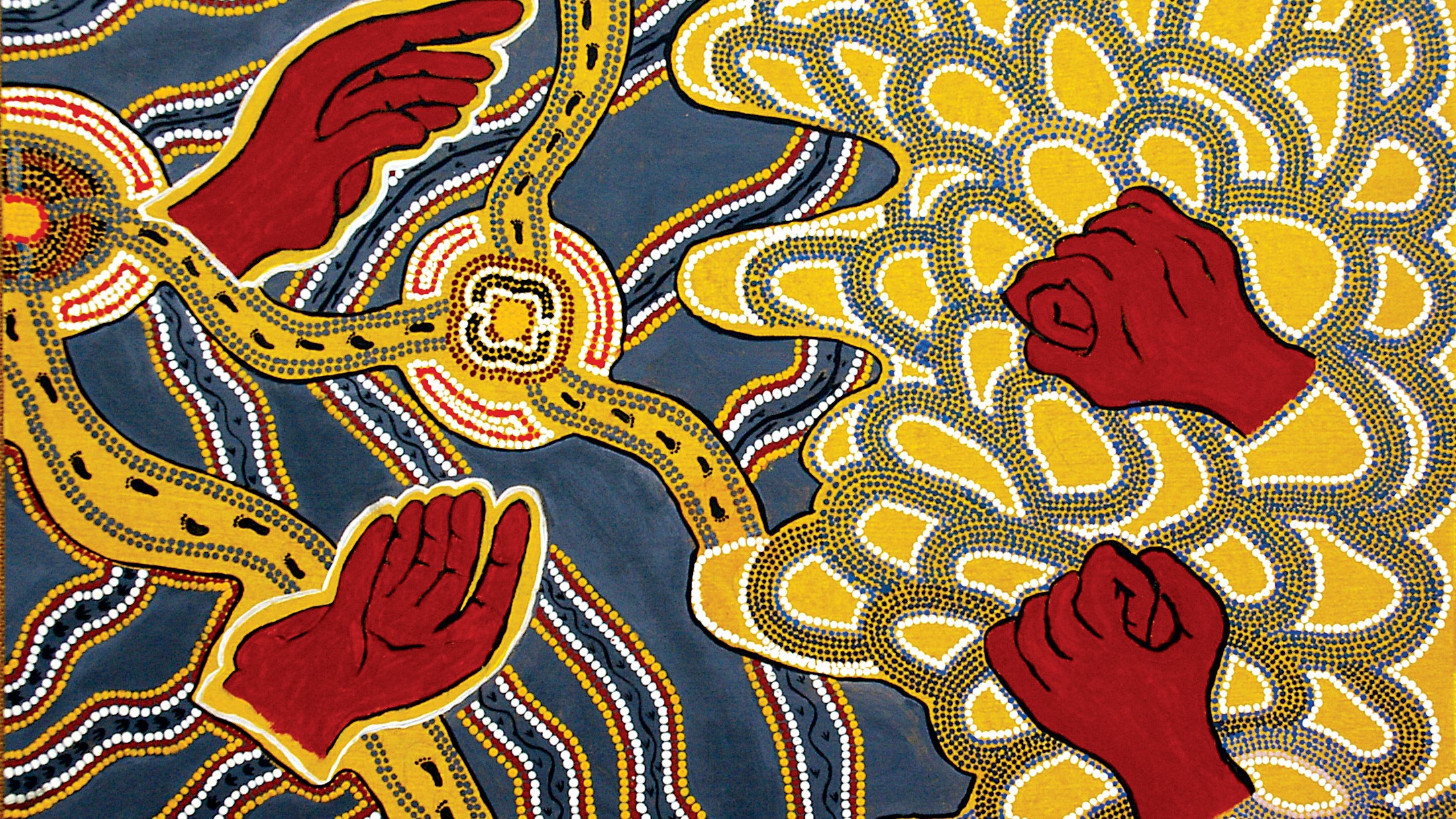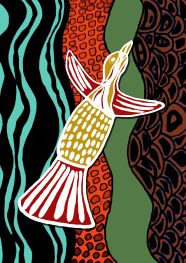
2021 Seminars
Presentation Type
Presentation
Location
The University of Notre Dame Australia, Broome Campus
Start Date
26-5-2021 12:30 PM
Description
Biogeography is the discipline that studies species distribution patterns, and their underlying environmental and historical causes, over both space and time. For most of its history, biogeography has been divided into proponents of vicariance explanations, who defend that distribution patterns can mainly be explained by geological, tectonic-isolating events; and dispersalists, who argue that current distribution patterns are largely the result of recent migration events. Alfred Russel Wallace (1823-1913) was a British naturalist, explorer, geographer, anthropologist, biologist and illustrator. Inspired by Charles Darwin's narrative of the voyage of the Beagle (1839), Wallace embarked on a collecting expedition to the Amazon basin (1848-52), and then on a more extended trip to modern day Indonesia (1854-62) - then called the Malay Archipelago. In 1869 his book the ‘The Malay Archipelago’ was published chronicling his remarkable scientific exploration during the eight-year period 1854 to 1862. During his stay on the Malay Archipelago, Wallace noted the strong faunistic divide across the area between the Australian and Eurasian continents – now known as Wallace’s Line - and the region between there and the island of New Guinea has come to be called Wallacea.
The Kimberley is a major biogeographical and cultural landscape covering 423,517 km² of northwest Australia, and lies just across the Timor Sea from southern Wallacea. It is one of Australia’s 15 National Biodiversity hotspots. The landscape features massive waterways and river systems, which once continued onto the now submerged Sahul Shelf and was almost twice its current size during the Last Glacial Maximum (26-19 Kya). This large geographical area has been continuously occupied by Aboriginal people for ±60, 000 years. There has been considerable trade, movement and contact with the outside world for at least the last few hundred years. Prior to European settlement, Makassan fishers from the islands of Roti (part of the East Nusa Tenggara province of the Lesser Sunda Islands) and Makassar (also known as Ujung Padang, a port city on eastern Indonesia’s Sulawesi island), visited the Kimberley (known to Makassans as ‘Kayu Jawa’) in large fleets of wooden sailing vessels, known as praus, to harvest an edible holothurian bêche-de mer, known as trepang. The Makassans sailed to Australia with the northwest monsoon each December and returned to their home ports or islands with the southeast trade winds around March or April each year. Aboriginal people traded with the Indonesians, perhaps even worked for them, and some may have sailed back to Roti or Makassar with them. Evidence of their activity on the Kimberley coast can be seen today in the stone hearths used for boiling the bêche-de mer and the occurrence of the introduced Tamarind tree (Tamarindus indicus) that they brought with them. Wallacea shares a number of plant genera and species found in the Kimberley region of Western Australia, particularly in the genera Eucalyptus (Myrtaceae), Acacia and Vachellia (Leguminosae), fleshy-fruited species restricted to the monsoon rainforests and mangroves. I will consider if those are ancient relics or opportunistic immigrants. In this presentation I will consider dispersal mechanisms that would allow species the greatest chance of arrival on and from, oceanic islands.
Recommended Citation
Kenneally, Kevin, "‘The Wallacea connection with Kimberley of Northwest Australia: Floristic separation in time and space.’" (2021). Talking Heads Seminar Series. 7.
https://researchonline.nd.edu.au/nulungu_talkingheads/2021/schedule/7
‘The Wallacea connection with Kimberley of Northwest Australia: Floristic separation in time and space.’
The University of Notre Dame Australia, Broome Campus
Biogeography is the discipline that studies species distribution patterns, and their underlying environmental and historical causes, over both space and time. For most of its history, biogeography has been divided into proponents of vicariance explanations, who defend that distribution patterns can mainly be explained by geological, tectonic-isolating events; and dispersalists, who argue that current distribution patterns are largely the result of recent migration events. Alfred Russel Wallace (1823-1913) was a British naturalist, explorer, geographer, anthropologist, biologist and illustrator. Inspired by Charles Darwin's narrative of the voyage of the Beagle (1839), Wallace embarked on a collecting expedition to the Amazon basin (1848-52), and then on a more extended trip to modern day Indonesia (1854-62) - then called the Malay Archipelago. In 1869 his book the ‘The Malay Archipelago’ was published chronicling his remarkable scientific exploration during the eight-year period 1854 to 1862. During his stay on the Malay Archipelago, Wallace noted the strong faunistic divide across the area between the Australian and Eurasian continents – now known as Wallace’s Line - and the region between there and the island of New Guinea has come to be called Wallacea.
The Kimberley is a major biogeographical and cultural landscape covering 423,517 km² of northwest Australia, and lies just across the Timor Sea from southern Wallacea. It is one of Australia’s 15 National Biodiversity hotspots. The landscape features massive waterways and river systems, which once continued onto the now submerged Sahul Shelf and was almost twice its current size during the Last Glacial Maximum (26-19 Kya). This large geographical area has been continuously occupied by Aboriginal people for ±60, 000 years. There has been considerable trade, movement and contact with the outside world for at least the last few hundred years. Prior to European settlement, Makassan fishers from the islands of Roti (part of the East Nusa Tenggara province of the Lesser Sunda Islands) and Makassar (also known as Ujung Padang, a port city on eastern Indonesia’s Sulawesi island), visited the Kimberley (known to Makassans as ‘Kayu Jawa’) in large fleets of wooden sailing vessels, known as praus, to harvest an edible holothurian bêche-de mer, known as trepang. The Makassans sailed to Australia with the northwest monsoon each December and returned to their home ports or islands with the southeast trade winds around March or April each year. Aboriginal people traded with the Indonesians, perhaps even worked for them, and some may have sailed back to Roti or Makassar with them. Evidence of their activity on the Kimberley coast can be seen today in the stone hearths used for boiling the bêche-de mer and the occurrence of the introduced Tamarind tree (Tamarindus indicus) that they brought with them. Wallacea shares a number of plant genera and species found in the Kimberley region of Western Australia, particularly in the genera Eucalyptus (Myrtaceae), Acacia and Vachellia (Leguminosae), fleshy-fruited species restricted to the monsoon rainforests and mangroves. I will consider if those are ancient relics or opportunistic immigrants. In this presentation I will consider dispersal mechanisms that would allow species the greatest chance of arrival on and from, oceanic islands.




